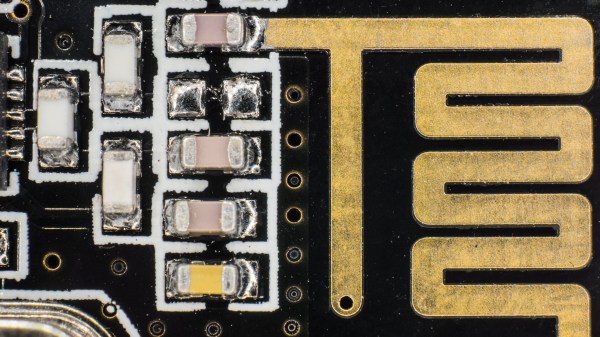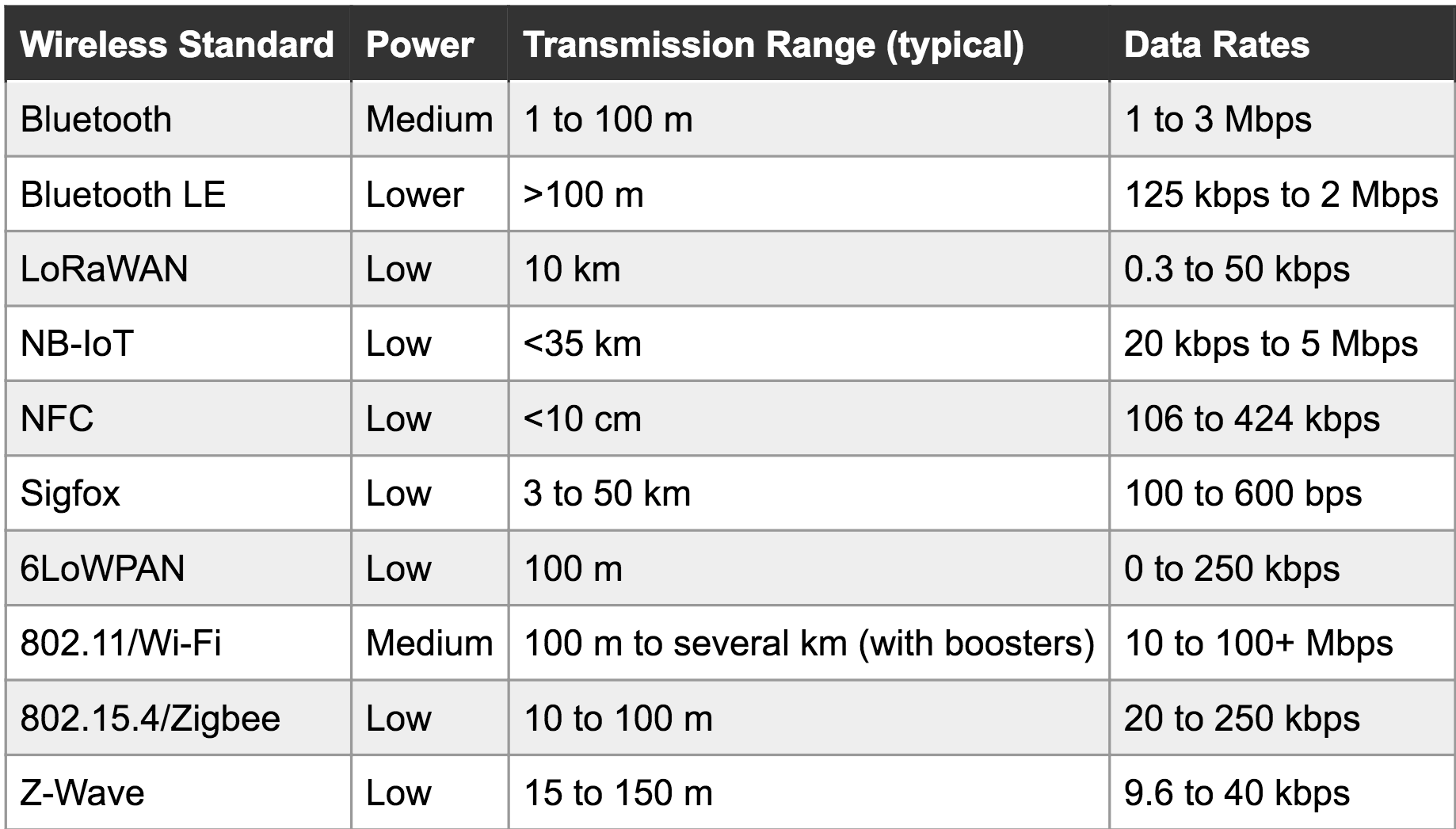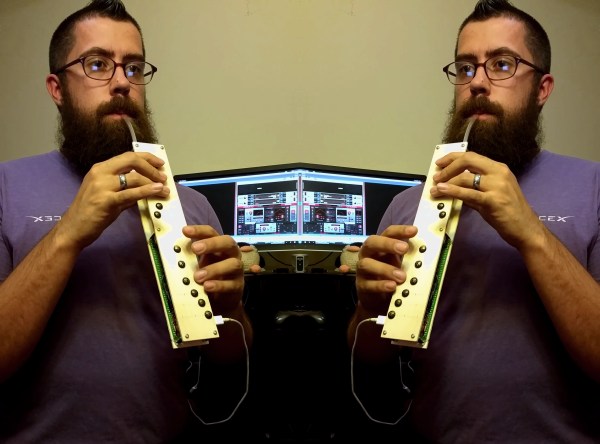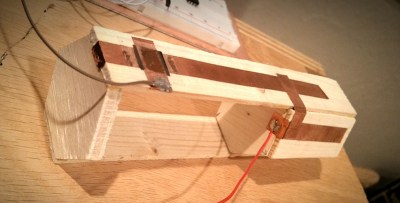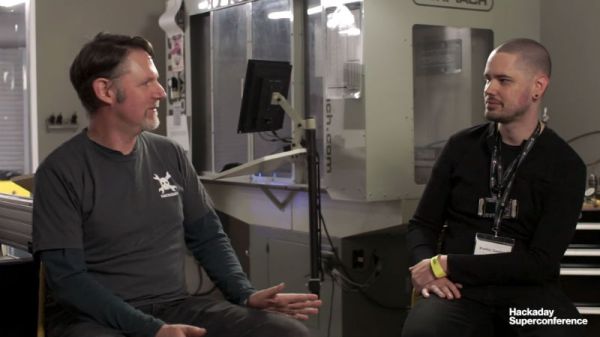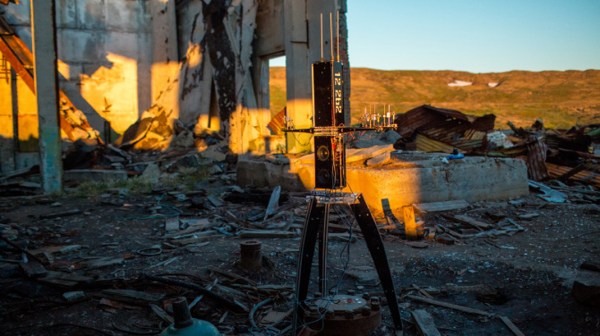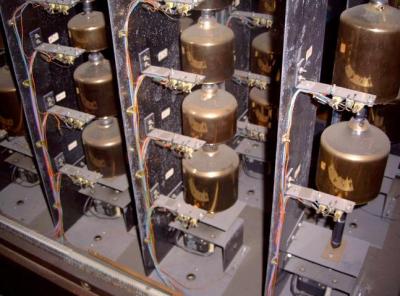If it’s stupid and it works, then it’s not stupid. There’s no better evidence of that than [Manawyrm]’s networking setup.
She recently had to distribute Ethernet through a building, and there are a few ways to do that. You can use regular old twisted pair, or fiber, but in this case running new cables wasn’t possible. WiFi would be the next obvious choice, but the distance was just a bit too far for ‘regular’ WiFi links. Ethernet over power lines was an option, but there are amateur radio operators in the house, and power lines put out a bunch of interference and noise. The solution was to mis-use existing 75 Ohm satellite TV coax that was just sitting around.
 The correct way to do this would be to use a standard DOCSIS modem and become your own cable Internet provider. The equipment to do this is expensive, and if you’re already considering running WiFI over coax, you’re too deep down the rabbit hole to spend real money. Instead, [Manawyrm] simply made a few u.FL to F-connector adapters from u.FL to SMA, then SMA to F-connector adapters.
The correct way to do this would be to use a standard DOCSIS modem and become your own cable Internet provider. The equipment to do this is expensive, and if you’re already considering running WiFI over coax, you’re too deep down the rabbit hole to spend real money. Instead, [Manawyrm] simply made a few u.FL to F-connector adapters from u.FL to SMA, then SMA to F-connector adapters.
There are some problems with this plan. WiFi is 50 Ohms, TV coax cable is 75 Ohms. Only one MIMO channel will be available meaning the maximum theoretical bandwidth will be 433 Mbps. WiFi is also at much higher frequencies than what coax is designed for.
With two WiFi antenna to coax adapters, [Manawyrm] simply connected the coax directly to a router set up to bridge Ethernet over WiFi. The entire thing worked, although testing showed it was only getting about 60 Mbps of throughput. That’s not bad for something that was cobbled together out of old parts and unused wiring. Is it surprising that this worked? No, not really, but you’ve probably never seen anyone actually do it. Here’s the proof it does work, and if you’re ever in a bind, this is how you make WiFi wired.


